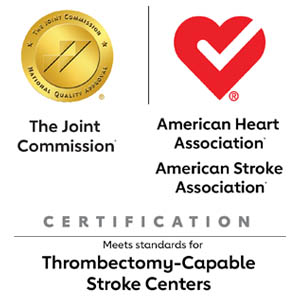Stroke Treatment
Location Results
for {{LookingWhereSearchResult}} within {{SelectedMiles}} miles
{{LocationsTitle}}
{{milesInfo(facility.distanceInMiles)}} miles
{{facility.Title}}
- {{facility.Address.Street}}
- {{facility.Street2}}
- {{facility.Address.City}}, {{facility.Address.StateCode}} {{facility.Address.Zip}}
- {{facility.Phone}}
{{milesInfo(facility.distanceInMiles)}} miles
{{facility.Title}}
- {{facility.Address.Street}}
- {{facility.Street2}}
- {{facility.Address.City}}, {{facility.Address.StateCode}} {{facility.Address.Zip}}
- {{facility.Phone}}
{{milesInfo(facility.distanceInMiles)}} miles
{{facility.Title}}
- {{facility.Address.Street}}
- {{facility.Street2}}
- {{facility.Address.City}}, {{facility.Address.StateCode}} {{facility.Address.Zip}}
- {{facility.Phone}}
{{facility.Title}}
{{facility.Address.Street}}, {{facility.Street2}}
{{facility.Address.City}}, {{facility.Address.StateCode}} {{facility.Address.Zip}}
Your search found no results. You may search again by adjusting your search criteria.


 It means Saint Francis Hospital - Memphis meets the rigorous standards for performing Endovascular Therapy (EVT), a specialized surgical
procedure to remove a blood clot from the brain during an Ischemic Stroke.
It means Saint Francis Hospital - Memphis meets the rigorous standards for performing Endovascular Therapy (EVT), a specialized surgical
procedure to remove a blood clot from the brain during an Ischemic Stroke.
